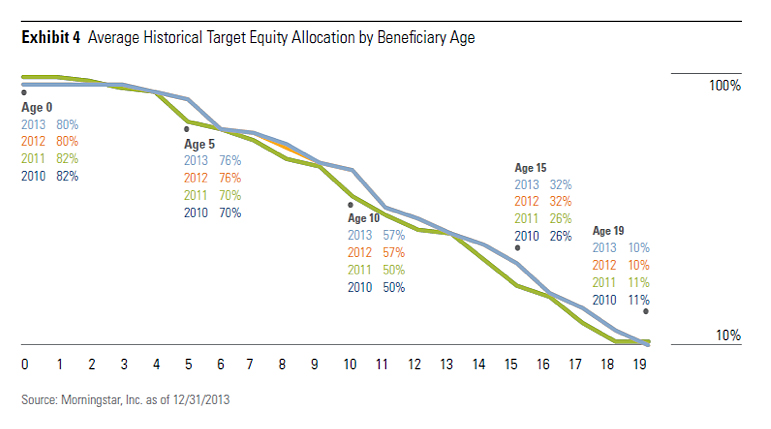 Contributed by: Center for Financial Planning, Inc.®
Contributed by: Center for Financial Planning, Inc.®
For the second year in a row, Nick Defenthaler, CFP® has been named to the Forbes list of “America’s Top Next-Generation Wealth Advisors.” The list, which recognizes advisors from national, regional and independent firms, was released online July 25, 2018.
“I’m ecstatic to once again be recognized as one of the top next generation financial planners in the country. It’s truly a privilege to serve such amazing clients and to be surrounded by an incredible team of professionals here at The Center.” Defenthaler said.
Nick specializes in working with clients who are closely nearing retirement or currently retired. He has a passion for helping clients throughout the retirement transition and working with them to develop a sound, tax-efficient retirement income and portfolio decumulation strategy. In addition to meeting with clients, Nick is the Director of The Center’s Financial Planning Department, a member of the firm’s Operations Committee as well as a frequent speaker and writer on various financial planning and investment related topics.
Email Nick to set up an initial meeting. Learn more about our process here.
The Forbes ranking of “America’s Top Next-Generation Wealth Advisors,” developed by Shook Research, Data as of 3/31/2018 SHOOK Research considered advisors born in 1980 or later with a minimum 4 years relevant experience. Advisors have built their own practices and lead their teams; joined teams and are viewed as future leadership; or a combination of both. Ranking algorithm is based on qualitative measures derived from telephone and in-person interviews and surveys: service models, investing process, client retention, industry experience, review of compliance records, firm nominations, etc.; and quantitative criteria, such as assets under management and revenue generated for their firms. Investment performance is not a criteria because client objectives and risk tolerances vary, and advisors rarely have audited performance reports. Rankings are based on the opinions of SHOOK Research, LLC. Neither SHOOK nor Forbes receives compensation from the advisors or their firms in exchange for placement on a ranking. Raymond James is not affiliated with Forbes or Shook Research, LLC. This ranking is not indicative of advisor’s future performance, is not an endorsement, and may not be representative of individual clients’ experience. Out of 5,832 advisors considered, 1000 made the final list in 2018.Center for Financial Planning, Inc. is a wealth management and financial planning registered investment advisor located in Southfield, Michigan. Founded in 1985, the firm has ten financial planners and 29 total team members who work with more than 900 clients; the firm manages more than $1.1 billion in assets under management. Securities are offered through Raymond James Financial Services, Inc., member FINRA/SIPC. Investment advisory services offered through Center for Financial Planning, Inc. Center for Financial Planning, Inc. is not a registered broker/dealer and is independent of Raymond James Financial Services.
















